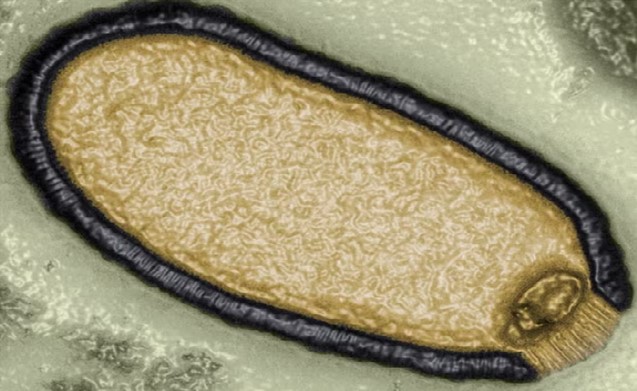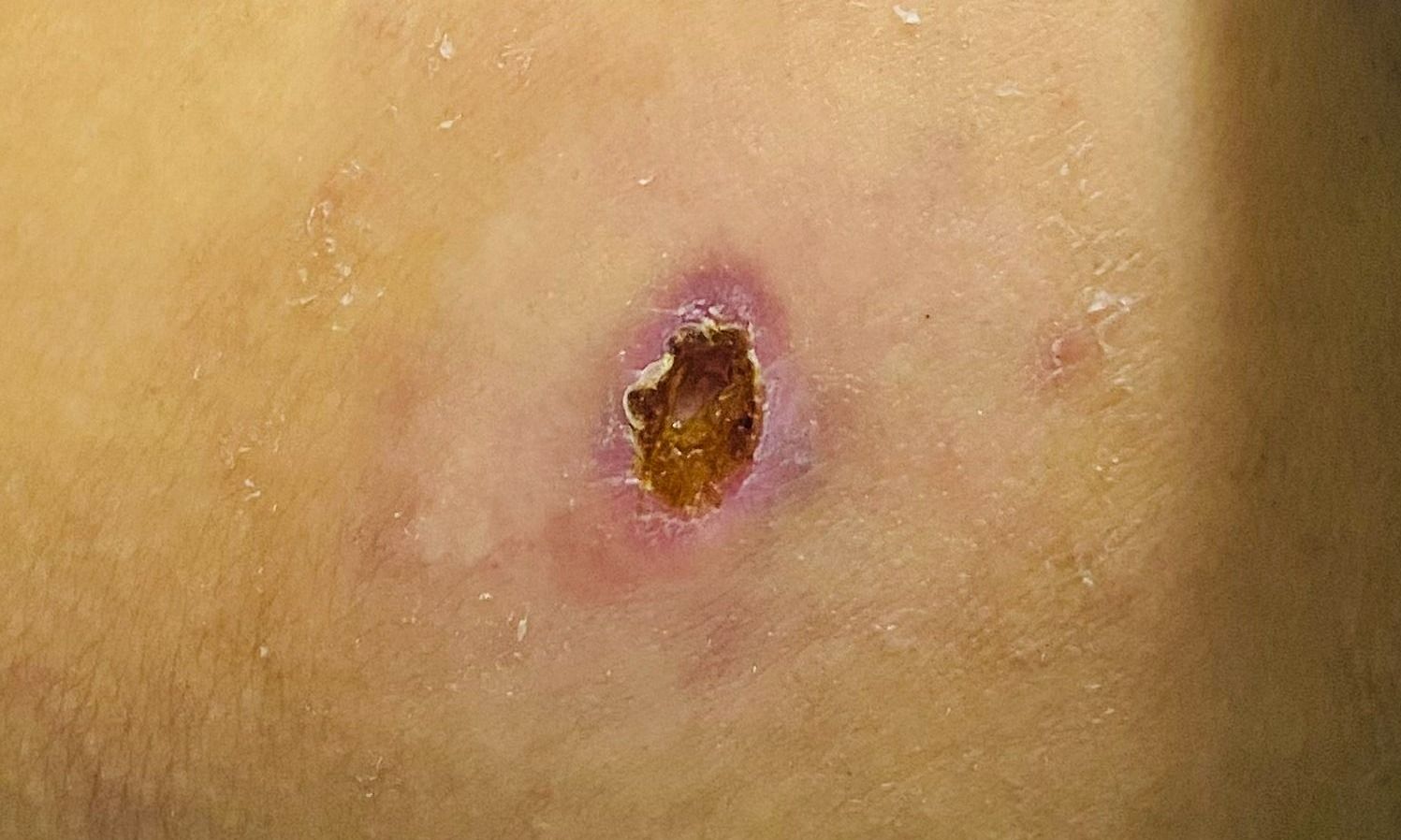Arctic "zombie" virus can cause a new dangerous pandemic
Scientists warn that humanity is facing a dangerous new pandemic threat due to the resurgence of "zombie" viruses under the permafrost.
Accordingly, ancient viruses frozen in Arctic permafrost could one day be released as global warming melts the ice and causes a major disease outbreak.
Strains of the Methuselah bacteria, or "zombie" virus, have been isolated by researchers, raising fears that a new global health emergency could be declared. This is an epidemic caused by a virus from the distant past, not by a disease new to science.

Therefore, scientists have begun planning to create a surveillance network in the Arctic to accurately identify the first cases of disease caused by ancient microorganisms. In addition, this network will provide quarantine orders and professional medical treatment for infected people to prevent outbreaks, as well as prevent infected people from leaving the area.
Geneticist Jean-Michel Claverie of Aix-Marseille University said: "Currently, analysis of the threat of a pandemic focuses on diseases that could emerge in southern regions and then spread. spread to the North. On the contrary, little attention was paid to an outbreak that could appear in the far North and then spread to the South. And I believe that was an oversight. There are viruses in the Arctic region has the potential to infect humans and cause a new disease outbreak."

This view is supported by virologist Marion Koopmans of the Erasmus Medical Center in Rotterdam. "We don't know what viruses are lurking in the permafrost, but I think there is a real risk that there is a virus that could potentially cause an outbreak, such as an ancient form of polio. We have to think that something like this could happen."
In 2014, Claverie led a team of scientists who isolated a virus living in Siberia. Research results show that they can still infect single-celled organisms, even though the virus has been buried in permafrost for thousands of years. Further research published in 2023 showed the existence of several different virus strains from seven different locations in Siberia and that they were able to infect cultured cells. A virus sample dating back 48,500 years.
"The viruses we isolated are only capable of infecting amoebas and are not dangerous to humans," Claverie said. However, that does not mean that other viruses - currently frozen in permafrost - unlikely to cause disease in humans. For example, we identified genomic signatures of poxviruses and herpesviruses, common human pathogens."
Permafrost covers 20% of the Northern Hemisphere and is made up of soil kept at temperatures below 0℃ for very long periods of time. Scientists have discovered some layers of ice that have existed for hundreds of thousands of years.
Claverie told the Observer last week: "The key characteristics of permafrost are cold, dark and lacking oxygen, perfect conditions for storing biological material. You can put yogurt in permafrost and it still edible after 50,000 years."
However, the world's permafrost is changing. The upper layers of Earth's main ice reserves in Canada, Siberia and Alaska are melting as climate change disproportionately affects the Arctic. According to meteorologists, these areas are warming many times faster than the average rate of global warming.
Source: The Guardian









 Facebook
Facebook
 Tweet
Tweet
 Zalo
Zalo







 News
News

















 Sign in with Facebook
Sign in with Facebook
 Sign in with Google
Sign in with Google